Introduction:
As technology continues to evolve, the home appliance industry is witnessing remarkable innovations, and air conditioners are no exception. The year 2025 marks a significant leap in Smart AC technology, introducing AI-powered climate control, energy-efficient designs, and IoT integration. These next-generation ACs offer seamless automation, voice control, and real-time data monitoring, providing a smarter, eco-friendly, and more comfortable cooling experience.
Key Features of Smart ACs in 2025:
1. AI-Powered Climate Control:
Smart ACs in 2025 come equipped with artificial intelligence (AI) and machine learning algorithms that analyze usage patterns, external weather conditions, and indoor temperature preferences.
- Adaptive Cooling: The AI system automatically adjusts the temperature based on room occupancy and weather forecasts.
- Personalized Comfort: These ACs learn user preferences over time, creating a customized cooling profile for each household member.
- Energy Optimization: By detecting usage patterns, AI-powered ACs optimize power consumption, resulting in reduced electricity bills.
Example: The Samsung AI+ AC 2025 can track room conditions and automatically reduce cooling intensity when no one is present.
2. IoT Integration and Smart Connectivity:
In 2025, Smart ACs are fully compatible with IoT (Internet of Things) devices, allowing users to control them remotely through smartphones, tablets, and voice assistants.
- Remote Access: Adjust AC settings from anywhere using a mobile app.
- Smart Home Integration: Seamlessly connect with Google Home, Amazon Alexa, or Apple HomeKit, enabling voice control.
- Real-Time Data Monitoring: View power consumption, temperature statistics, and maintenance alerts on your device.
Example: LG’s ThinQ AC 2025 offers complete IoT integration, allowing users to control temperature, humidity, and airflow remotely.
3. Energy Efficiency and Sustainability:
With the growing emphasis on sustainability, Smart ACs in 2025 are designed to be eco-friendly and energy-efficient.
- Inverter Technology: Most Smart ACs use variable-speed compressors to optimize energy consumption.
- Solar-Powered ACs: Some models feature solar panels, making them partially or fully powered by renewable energy.
- Green Refrigerants: To reduce environmental impact, manufacturers are using eco-friendly refrigerants like R32 and R290, which have low global warming potential (GWP).
Example: Panasonic’s EcoSmart AC 2025 reduces carbon footprint with its solar-powered system and energy-efficient design.
4. Air Quality Management:
Modern Smart ACs are equipped with advanced air purification systems to enhance indoor air quality.
- HEPA and Activated Carbon Filters: Remove dust, pollen, and allergens, making the air cleaner and healthier.
- UV-C Light Technology: Eliminates bacteria and viruses by disinfecting the air.
- Real-Time Air Quality Monitoring: Users receive AQI (Air Quality Index) alerts on their smartphones.
Example: The Daikin Smart Breeze AC 2025 includes a three-stage filtration system with UV sterilization and real-time AQI monitoring.
5. Smart Maintenance and Self-Diagnosis:
In 2025, Smart ACs come with automated maintenance alerts and self-diagnosis features.
- Predictive Maintenance: ACs detect potential issues (e.g., clogged filters, gas leaks) and notify users in advance.
- Automatic Firmware Updates: Smart ACs receive over-the-air (OTA) software updates, ensuring they stay up to date with the latest features.
- Self-Cleaning Technology: Some models feature auto-cleaning condensers, reducing the need for frequent manual maintenance.
Example: Hitachi’s SmartCare AC 2025 offers real-time diagnostics, sending maintenance alerts directly to the service center.
Benefits of Smart ACs in 2025:
1. Enhanced Comfort and Convenience:
With AI learning and voice control, Smart ACs offer a personalized cooling experience, automatically adjusting settings to suit individual preferences.
2. Improved Energy Efficiency:
By optimizing power usage based on real-time conditions, these ACs reduce electricity consumption, lowering monthly bills.
3. Healthier Indoor Air Quality:
Integrated air purification systems ensure that users breathe clean, fresh air, reducing allergens and pollutants.
4. Smart Control Anytime, Anywhere:
With remote access via smartphone apps, users can control their ACs from anywhere, making it easy to adjust settings before arriving home.
5. Reduced Maintenance Hassles:
The self-diagnosis feature alerts users about maintenance needs, preventing sudden breakdowns and ensuring longevity.
Challenges of Smart ACs in 2025:
1. High Initial Cost:
While Smart ACs offer long-term savings, their initial purchase cost is higher due to advanced technology and AI features.
2. Privacy and Data Security Risks:
Since Smart ACs are connected to the internet, they may be vulnerable to cyberattacks, posing privacy risks.
3. Compatibility Issues:
Some older smart home systems may not be compatible with the latest Smart AC models, limiting integration.
4. Dependence on Stable Internet:
Without a reliable internet connection, remote control and real-time monitoring features become ineffective.
Top Smart AC Models in 2025:
1. Samsung AI+ Smart AC 2025
2. LG ThinQ Smart AC 2025
- IoT connectivity with real-time monitoring
- Voice control via Google and Alexa
- Advanced filtration system
- Buy link
3. Daikin Smart Breeze 2025
- UV air purification
- Energy-saving inverter technology
- Mobile app control with self-diagnostics
- Buy link
4. Panasonic EcoSmart AC 2025
- Solar-powered system
- Real-time energy monitoring
- Smart automation and scheduling
- Buy link
Conclusion:
The Smart ACs of 2025 are redefining home cooling with cutting-edge AI, IoT, and energy-efficient features. With personalized climate control, remote accessibility, and air purification systems, they offer unparalleled comfort and convenience. Although they come with a higher upfront cost, their long-term energy savings, eco-friendliness, and smart functionalities make them a worthwhile investment.
As technology advances, Smart ACs will continue to evolve, offering even smarter, more sustainable, and efficient solutions for modern homes.
Enjoyed this blog? Share your thoughts below! For more exciting tech insights, explore our related blogs.
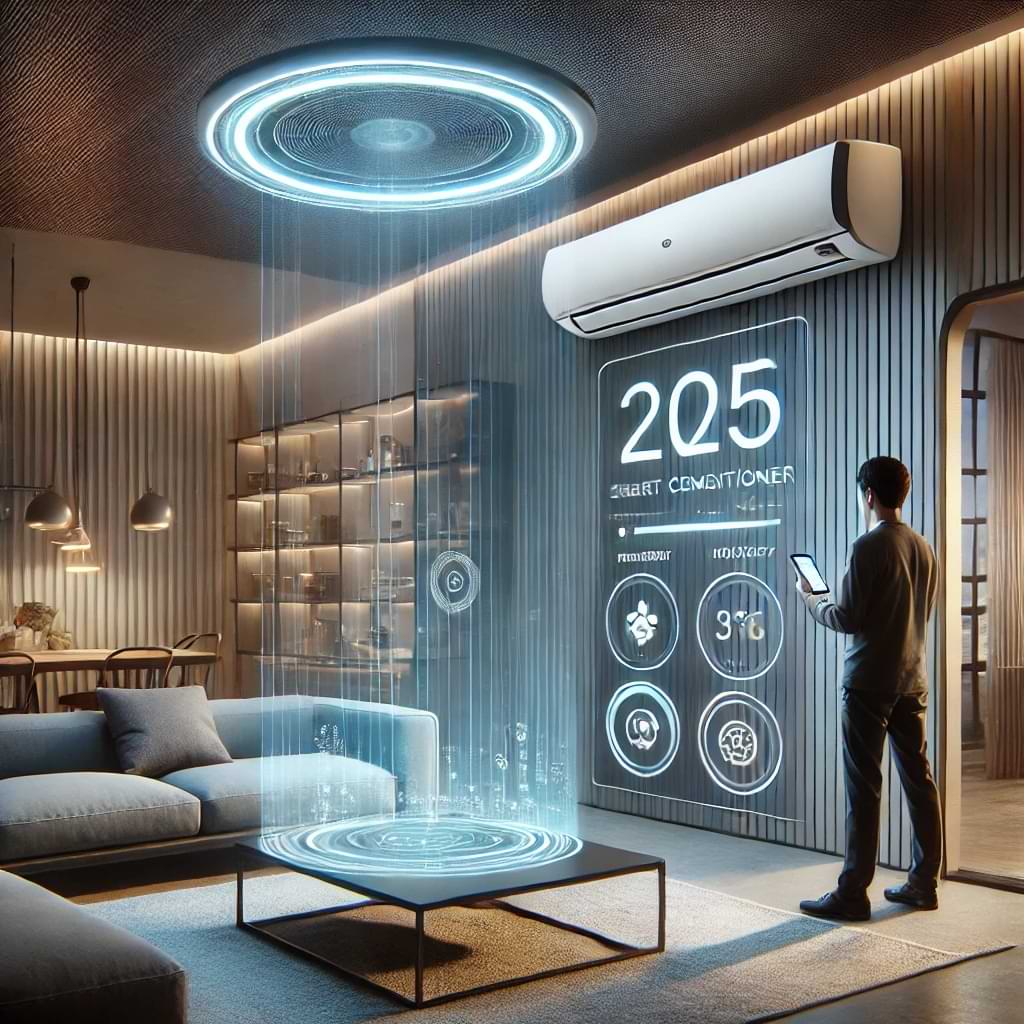
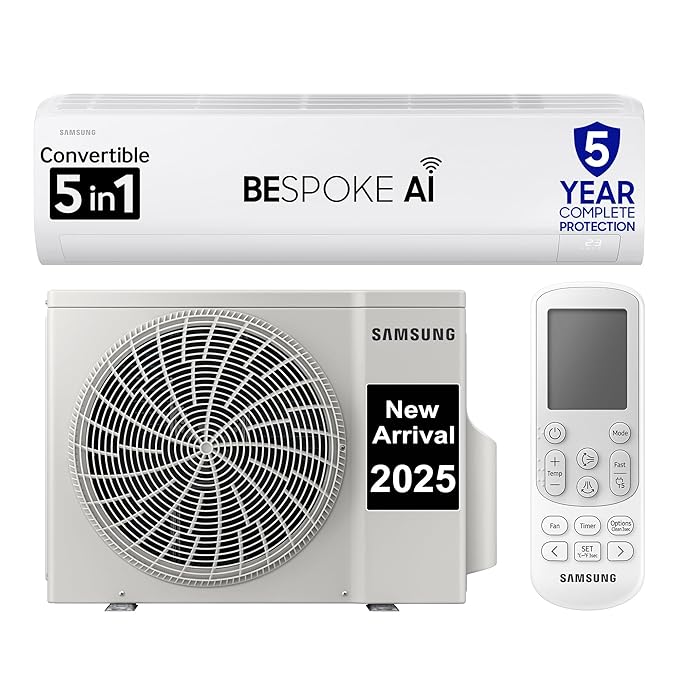



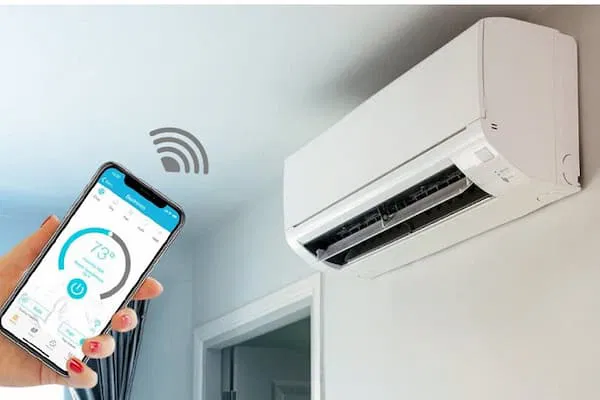


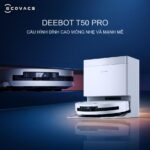
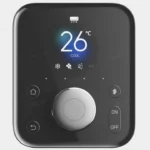



One response
According to me, Panasonic’s 2025 model should be at number 1 because it has good features.